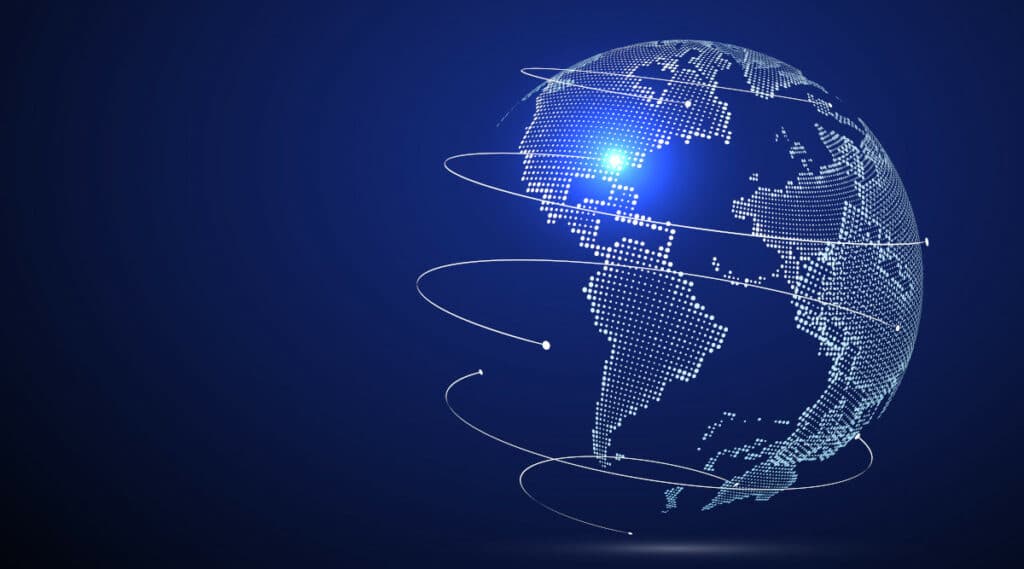Capable of transmitting audio, visual, textual data, and more, remotely, telecommunications networks occupy a central role in our modern societies. However, their dominance also carries with it a number of challenges. Discover the developments, the breadth, and the challenges of telecommunications.
Telecommunications: Evolving Distance Communication
Telecommunications cover all the techniques for the remote electronic transmission of information. To achieve this, a variety of technologies are utilized based on needs: electronics, computing, wired transmission, optical fiber, or electromagnetic transmission.
These remote communications do not require any physical movement, relying solely on electromagnetic waves.
The inception of telecommunications dates back to the late 17th century with the telegraph invented by Robert Hooke and Guillaume Amontons. Over time, technology has evolved to include the telephone, radio, television, computers, and the internet. Today, Information and Communication Technologies (ICT) hold a pivotal position in our lives, supporting a wide range of modern activities; from call centers and teleworking to entertainment.
A Broad Spectrum of Applications
Initially, telecommunications networks were confined to wired telephones, which enabled the electronic transfer of a speaker’s voice. Thus, two individuals located hundreds of kilometers away could maintain a conversation from a distance.

Over time, telecommunications have broadened to include other forms of communication:
- Images and videos: In the early 20th century, televisions began broadcasting images into thousands of homes. Over the years, technologies have advanced, allowing everyone to access high-quality visual content. Apart from television, cinema and video conferencing have also seen major developments.
- Data: Nowadays, it is possible to transmit all kinds of data via computer networks, a significant leap from the days of the first telegraphs. With the internet, data travels at incredible speeds. Telecommunications facilitate the gathering of meteorological, geological, industrial, maritime, and more types of information. Thanks to sensors and satellites, we can receive real-time updates about events occurring thousands of kilometers away.
The Challenges of Telecommunications
While telecommunications are vital to our modern societies, they also need to overcome several challenges:
- The development of digital infrastructures: To efficiently transfer information from point A to point B, extensive telecommunications networks are required. This entails substantial structural expenditures for cables, optical fibers, radio beams, and even satellites for intercontinental communications. Yet, the challenge lies in ensuring universal access to telecommunications, even in the most secluded areas.
- Cybersecurity: Telecommunications have become so integral that they spawn a form of dependency. Businesses, governments, individuals, … we all need to communicate remotely, in one form or another. And malicious hackers have taken note. Some cybercriminals exploit vulnerabilities in computer security to intercept or disrupt remote communications, often demanding exorbitant ransoms in return.
- Privacy protection: While remote data transfer is straightforward, certain confidential information needs to be safeguarded against both cybercriminals (who might, for instance, steal banking information or impersonate someone) and some companies that exploit user data.

To address these challenges, there is a greater need now for skilled network administrators than ever before. This is precisely why DataScientest offers our dedicated trainings.










